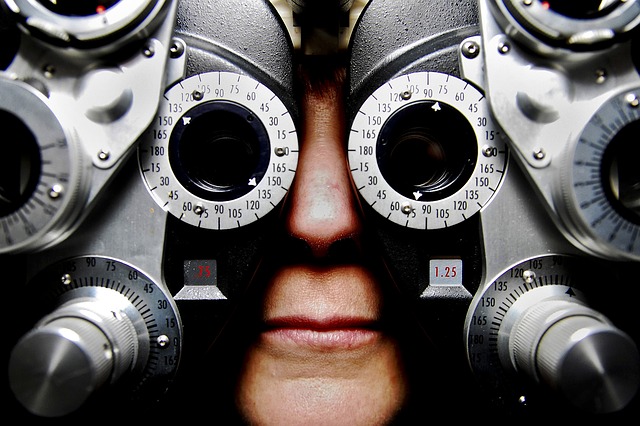Groundbreaking CRISPR treatment for blindness only works for subset of patients
By Jocelyn Kaiser,
Science
| 11. 17. 2022
After some early but cautious optimism, a company is shelving its pioneering gene-editing treatment for a rare inherited blindness disorder. Editas Medicine announced today the trial trying to use the gene editor CRISPR to treat Leber congenital amaurosis 10 (LCA10) led to “clinically meaningful” vision improvements in only three of 14 patients.
In the study, patients received a subretinal injection of a modified virus carrying genetic material encoding components of CRISPR, a DNA-cleaving enzyme, and two RNA strands to guide the protein to its target sequences. For this trial, CRISPR was designed to snip out a problematic part of a gene called CEP290, which encodes a protein needed by the photoreceptor cells that eyes use to sense light. It was the first trial in the world to directly inject the gene-editing system into the body, rather than applying CRISPR to people’s cells in a lab dish and then reinfusing them.
Two of the patients whose vision improved—a woman treated early in the trial and a 14-year-old boy treated more recently, both of whom received midrange doses—had two defective copies...
Related Articles
By Aisha Down, The Guardian | 11.10.2025
It has been an excellent year for neurotech, if you ignore the people funding it. In August, a tiny brain implant successfully decoded the inner speech of paralysis patients. In October, an eye implant restored sight to patients who had...
By Jessica Hamzelou, MIT Technology Review | 11.07.2025
This week, we heard that Tom Brady had his dog cloned. The former quarterback revealed that his Junie is actually a clone of Lua, a pit bull mix that died in 2023.
Brady’s announcement follows those of celebrities like Paris...
By Heidi Ledford, Nature | 10.31.2025
Late last year, dozens of researchers spanning thousands of miles banded together in a race to save one baby boy’s life. The result was a world first: a cutting-edge gene-editing therapy fashioned for a single person, and produced in...
By Lauran Neergaard, AP News | 11.03.2025
WASHINGTON (AP) — The first clinical trial is getting underway to see if transplanting pig kidneys into people might really save lives.
United Therapeutics, a producer of gene-edited pig kidneys, announced Monday that the study’s initial transplant was performed successfully...




